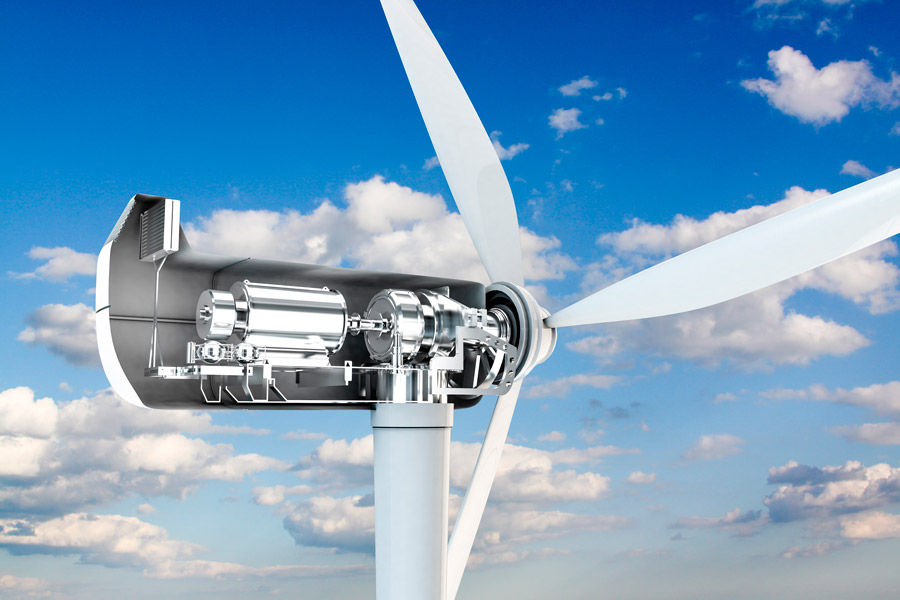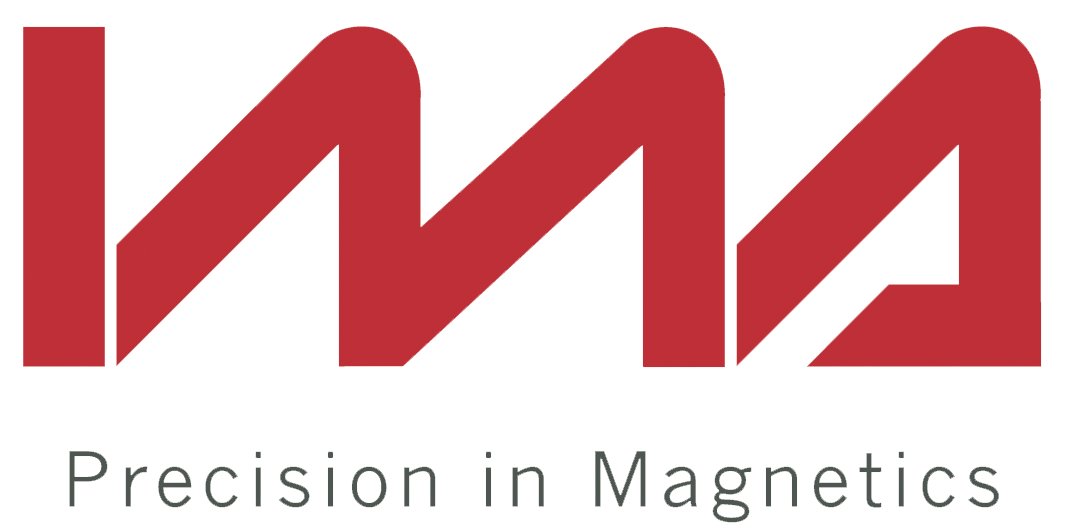Use of neodymium magnets in a motor
In industrial applications, choosing the type of magnet has important implications for motor design, project costs and overall performance. Therefore, it is important to know that, before making any decision, knowing why neodymium magnets in a motor may be the right choice.
To determine the use of neodymium magnets in a motor it is necessary to understand the qualities that distinguish magnets and their possible applications:
Having clarified
that point, it should be noted that of the four main types of magnets,
neodymium magnets are among the most used in engines for hybrid and electric
vehicles. Neodymium magnets have a higher remanence, along
with higher coercitivity and energy production, but often a lower Curie
temperature than other types.
Special alloys have been developed in neodymium magnets in an engine that include terbium and dysprosium with a higher Curie temperature, allowing them to tolerate temperatures up to 200 ° C. Because of this, no other magnetic material can match their high-strength performance, so their application in vehicles, for example, has increased considerably.
Neodymium magnets are the strongest magnets in the world. Due to their strength, even small magnets can be effective and this also makes them incredibly versatile. This type of magnet has been used for many purposes and without it many of the advances in the last 30 years would not have been possible.
The use of neodymium magnets in a motor, in this case electric motors, depends on a combination of an electromagnet and a permanent magnet, usually a neodymium magnet to convert electrical energy into mechanical energy.
Promising future
in applications using motors
The use of neodymium magnets in a motor is one of the most promising applications, because they include the latest electric and hybrid vehicles, which are often based on rare earth magnets. There are some special reasons available for people to use neodymium magnets instead of other types of magnets such as ceramic permanent magnets and ferrite.
When it comes to industrial applications, almost all are looking for higher performance with maximum efficiency. For example, when we take electric vehicles, a lightweight, high-performance engine reduces the amount of energy that needs to be transported in the form of hydrogen, gasoline, or batteries.
The development of neodymium magnets has given life to a great future for companies that dominate the automotive industry, such as one of Japan's leading manufacturers, which in its latest models has used 30 kilograms of rare earth materials and neodymium magnets have acquired a large percentage.
Offer high performance
Motors containing
neodymium magnets offer high performance compared to a traditional motor of the
same size. They are therefore also used in wind turbines and generators, in
which long-term efficiency is essential.
Neodymium magnets are
small, but have become an important part of motors. These magnets were
discovered in 1982, thanks to a joint effort by General Motors, China Academy
of Science and Smitomo Special Metals who were looking for a suitable method to
increase motor efficiency and effectiveness.
Neodymium magnets were
developed in response to expensive samarium cobalt magnets. At this time,
neodymium is considered to be the cheapest and strongest of the earth magnets
as a result of these efforts.










